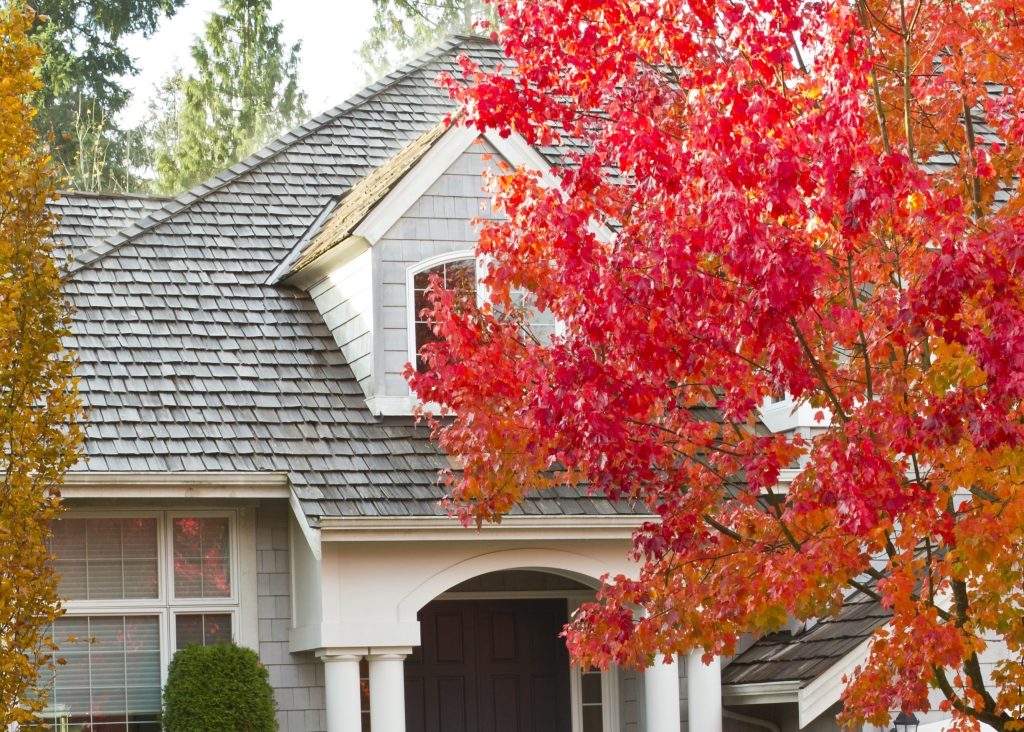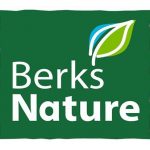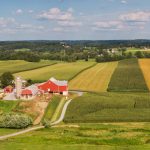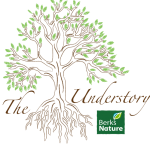While it might feel natural to rake the leaves in your yard this fall, those leaves might play a more natural role in your garden or lawn.
It isn’t necessary to remove every leaf from the yard, said David Mizejewski, a naturalist for the National Wildlife Federation, although he noted that just letting them all pile up can smother the grass. By not raking and bagging all the leaves to be sent to the landfill, he said, you’re doing a service to the planet in a number of ways.
“When organic matter like leaves go into the landfill,” he said, “they get buried and they decompose anaerobically without oxygen, which produces methane gas, which is a potent greenhouse gas pollutant that’s contributing to global climate change.”
Not bagging leaves also cuts down on the use of gasoline-powered tools such as mowers and leaf blowers, Mizejewski said. He encouraged people to consider reducing the size of their lawns, which can be killed by dense layers of leaves, and adding more garden beds, which benefit from the decaying leaf matter.
The leaf layer also is habitat for a number of animal species, including chipmunks, beneficial insects and spiders. Mizejewski said 94% of moths spend some part of their life cycle in the leaf layer, many in the winter months as pupa. When they emerge, they lay eggs, and moth caterpillars are an important food source for many backyard birds.
“So you begin to see how it’s all connected,” he said. “If you get rid of all of those leaves, you wipe out that habitat for all those animals and the food source for the birds in the spring.”
For people looking to add more garden beds, Mizejewski said using fallen leaves could be a way to save money, since they’re a natural alternative to buying mulch and fertilizer.
“Slowly but surely, you can kind of convert your typical yard into something a little bit more natural and, honestly, maybe a little bit more alive and beautiful,” he said. “And that’s kind of the heart of what we’re talking about at the National Wildlife Federation, through our Garden for Wildlife movement.”



